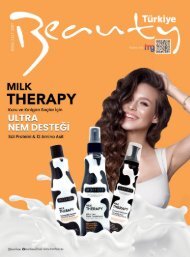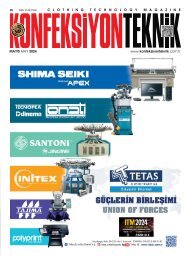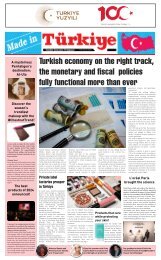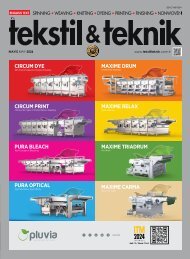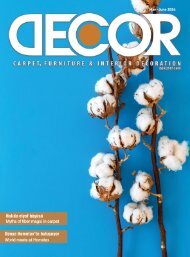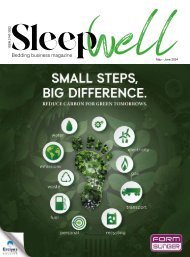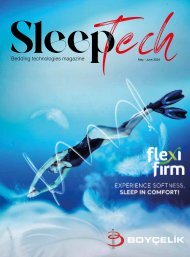Food & Ingredients International April 2024
- No tags were found...
Create successful ePaper yourself
Turn your PDF publications into a flip-book with our unique Google optimized e-Paper software.
only in individual cases via the operating<br />
software with a central lab information and<br />
management system (LIMS). The data are<br />
transferred with USB sticks and Excel sheets<br />
or, least ideally, are printed out and handed<br />
over manually – such a procedure in times of<br />
increasing digitalisation is hardly practical.<br />
The key to the better product<br />
In addition to this, the samples must be<br />
taken during ongoing production under<br />
observance of the strictest hygiene conditions,<br />
which proves especially difficult in closed<br />
processes. “Especially with regard to trends<br />
like the Internet of Things and Big Data, various<br />
processes and structures in quality assurance<br />
must be adapted in companies that process<br />
food”, says Matthias Schlüter, Director Anuga<br />
<strong>Food</strong>Tec. Automation solutions and process<br />
analysis technologies (PAT), both areas of focus<br />
on the Cologne fair grounds, are key to this.<br />
“Visitors find a comprehensive offering across<br />
segments for qualitative and quantitative<br />
analysis in the lab and process at the stands of<br />
the exhibitors”, according to Schlüter.<br />
With a PAT-based approach, the measurement<br />
parameters familiar from the lab are directly<br />
recorded in the production process by the<br />
analysis instruments. From there, the values<br />
are transferred to the process control system,<br />
which can be integrated on the device side<br />
into an Industry 4.0 concept. The declared<br />
goal: to ensure a food production within<br />
the specifications from the start that avoids<br />
product losses and helps reduce costs.<br />
Inline analysis of ingredients<br />
In keeping with this premise, near infrared<br />
(NIR) spectrometers have developed into<br />
reliable tools for monitoring in all steps of food<br />
manufacturing. The mathematical models<br />
required for the evaluation of spectroscopic<br />
results are stored in the devices, meaning<br />
that they combine probe and spectrometer<br />
in one apparatus. With them, quality-relevant<br />
parameters like dry matter, sugar, protein and<br />
fat content can be directly determined in the<br />
production line – contact-free and without<br />
having to take samples. At the same time,<br />
faulty batches can be avoided, as deviating<br />
values are recognised at an early point, and<br />
not first following analysis in the lab.<br />
Manufacturers of cooking oils can in this way<br />
define the oil content of the raw materials even<br />
before pressing.? The same applies in the milk<br />
industry, for example, for the manufacture of<br />
yogurt. Here, the content of fructose can be<br />
determined, which can fluctuate in the fruits<br />
APRIL <strong>2024</strong> FOOD & INGREDIENTS INTERNATIONAL<br />
13



